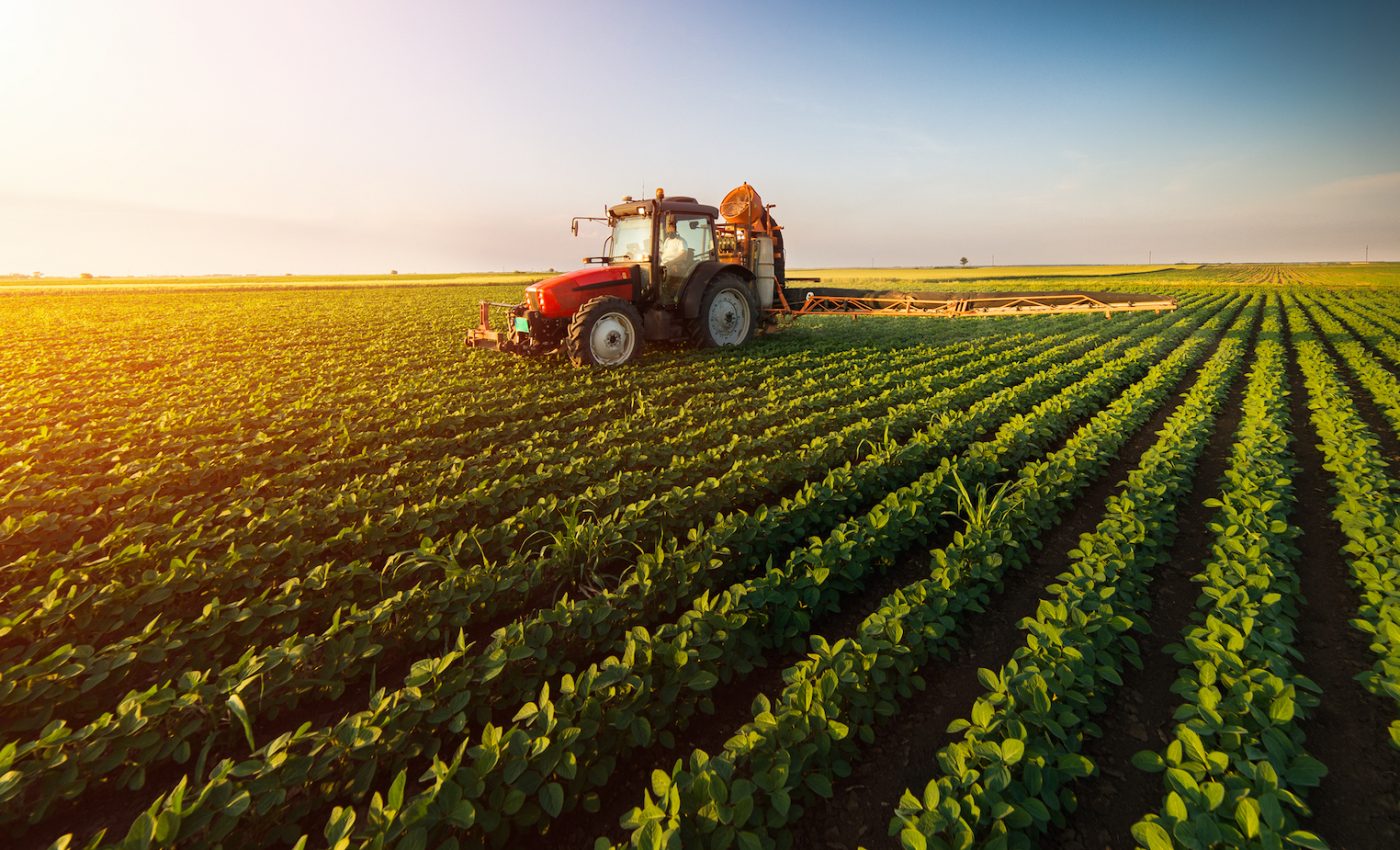
By altering photosynthesis, important crops can grow with less water
One of the biggest concerns that comes with climate change is how the shift in global temperatures will impact the future of food security. As many regions worldwide are expected to get drier and hotter, the demand for water will increase.
Already, crop irrigation accounts for nearly 70 percent of all available freshwater use and researchers have been working to find innovative ways to develop plants that can still thrive with less water.
But now, in a new study published in the journal Science, researchers from the University of Glasgow have found a way to reduce plant water use and increase plant CO2 intake.
The key was finding a way to minimize water loss during photosynthesis for the plant, and the researchers did this by focusing on the stomata, which are the pores of the plant.
Plants lose most of their water through their stomata, and while past experiments have worked to reduce plant water use, these efforts came at the cost of CO2 uptake and the plants were unable to absorb as much CO2 as before.
Since plants need both water and CO2 to perform photosynthesis efficiently, sacrificing one for the other is less than optimal in a future of uncertain water availability and increased food demand.
In this recent study, the researchers introduced a synthetic blue light-activated ion channel into the stomata of the mustard plant Arabidopsis.
The genetic tool was engineered from plant and algal virus proteins, and it worked like a switch, speeding up the responses of the stomata and conserving water loss while still allowing CO2 uptake.
Not only did the mustard plants with the genetically engineered switch lose less water, but the researchers also found that plant growth was not sacrificed in the process.
The plants grew better than their non-engineered counterparts under typical field conditions.
“Plants must optimize the trade-off between photosynthesis and water loss to ensure plant growth and yield,” said Maria Papanatsiou, the lead author of the study. “We used a genetic tool that acts as a switch allowing stomata to better synchronize with light conditions and therefore enhance plant performance under light conditions often met in agricultural settings.”
—
By Kay Vandette, Earth.com Staff Writer













